Revenue
Integrating Sales And Marketing is the Key
A business coordinates its revenue generation functions by seamlessly integrating the efforts of the marketing department and the sales team. With marketing effectiveness and sales efficiency integrated and optimized, revenue generating capacity can be maximized.
Medium and large companies struggle with this when sales and marketing efforts are conducted totally independently of each other. It might be that the two departments simply aren’t integrated from a process perspective. Organizational and even cultural issues can also prevent the two teams from working well together and in extreme situations can result in the sales and marketing departments being completely at odds.
In smaller companies with limited resources, the line between sales and marketing is often blurred out of necessity. Owners and managers simply focus on trying to “grow the business” without much thought as to how exactly to do it.
Regardless of size or industry, many businesses find the process of integrating marketing and sales activities to be extremely challenging. In addition to becoming a major project, sometimes it’s just not desirable to upset the corporate apple cart. It can also stem from a lack of awareness that occurs when the business doesn’t realize that getting sales and marketing on the same page is an important, mission-critical task.
Regardless of the reason, not integrating sales and marketing efforts can seriously impede revenue growth for any business.
For example, high-level marketing strategies are sometimes created in a vacuum and don’t quite make it to the boots-on-the-ground sales force that is actually selling the company’s products and services. The company is effectively thinking one thing and doing another, and sales suffer as a result.
Making matters worse, the marketing department can find itself disconnected from the high-level strategic thinking and out of necessity implements marketing tactics that do not support the overarching strategies. Resources are wasted, and once again, sales suffer.
Another common occurrence is an organizational mindset that characterizes marketing as a strategic activity and views selling as a tactical activity. The two functions are never integrated because in this (flawed) model, the perception is that they don’t need to be. Finding more leads and closing more sales becomes much more difficult.
There is no simple solution to this problem because both marketing and selling are complex and critical endeavors. When properly structured and executed both functions must each include strategic and tactical elements.
This is why coordinating revenue generation activities becomes so important. In a properly integrated and coordinated-revenue model, an organization’s marketing efforts merge seamlessly with the sales efforts at both a high, strategic level as well as at a functional, tactical level.
When this kind of integration is achieved, everything functions more smoothly and the revenue-generating capacity of the business is optimized. Marketing focuses on bringing old customers and new leads or prospects into the sales funnel and ultimately to the Point of Sale. The marketing-message platform—which clearly defines the company’s compelling value propositions—is synchronized with organizational Strategic Intent and institutionalized throughout the entire company, starting with the sales force.
The sales force clearly understands the key brand messages and consistently drives them home during the sales process. This results in a clear understanding of prospects’ needs because the sales force is tuned into what caused the customer to begin the buyer’s journey in the first place.
Buying cycles are accelerated since customers have a clear understanding of the value they will receive from the company’s offerings. The focus on value starts with the very first message a customer or prospect is exposed to until the actual purchase is made.
With marketing firing on all cylinders and this kind of coordination in place, the sales team can sell more effectively. At Sales Engineering System, we define selling as the process of creating an equal exchange of value. With this definition in mind, it becomes clear how important it is for the sales person to understand just what the value of their product or service really is.
Seamlessly integrating the sales and marketing functions for any business also enhances social engagement with the marketplace at many different touch points along the customer journey. When both the sales and marketing teams leverage their social media networks with consistent, refined, and integrated messaging, the company’s compelling value propositions are brought into razor-sharp focus. Conversely, if sales and marketing are not integrated, social media can actually serve to confuse the marketplace and to slow down—or completely derail—the customer journey.
Aligning your high-level strategies with the day-to-day activities of your marketing department and the customer-facing efforts of your sales force will substantially increase the revenue-generation capabilities of your business. This integration will in turn accelerate the growth curve and will ultimately result in a much shorter and more rewarding customer journey.






